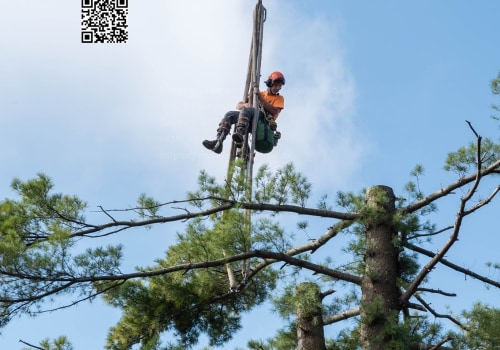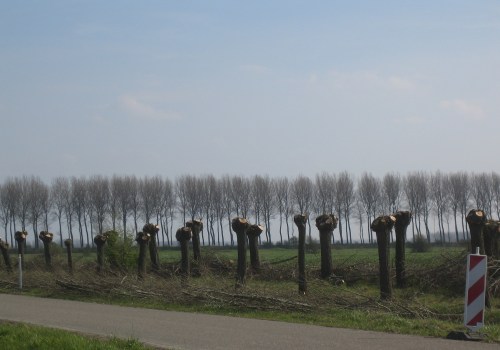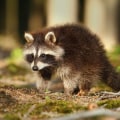Tree pruning is an essential aspect of tree care, involving the selective removal of branches to improve a tree’s health, structure, and aesthetic appeal. While it may seem straightforward, pruning requires skill, knowledge, and precision to achieve the desired outcomes without causing harm to the tree. From enhancing growth and safety to addressing aesthetic and functional needs, pruning plays a vital role in maintaining healthy trees in both residential and commercial landscapes. Understanding what pruning entails and when to undertake it can significantly impact the overall vitality and longevity of a tree.
The Basics of Tree Pruning
Pruning a tree involves cutting away specific parts, such as dead, diseased, or overgrown branches. This process allows the tree to focus its resources on healthy growth and prevents the spread of disease or pests. By removing structurally weak or hazardous branches, pruning also enhances safety, reducing the risk of falling limbs that could damage property or injure people. Arborists and tree care professionals use various tools, such as pruning shears, saws, and loppers, to make precise cuts that promote healing and minimize stress to the tree.
Health Benefits of Pruning
One of the primary reasons for pruning a tree is to improve its overall health. Dead or diseased branches can sap a tree’s resources and provide entry points for pests and pathogens. By removing these problem areas, pruning helps the tree channel nutrients and energy toward growth and repair. Additionally, proper pruning improves air circulation and sunlight penetration, which are critical for photosynthesis and reducing the risk of fungal infections. These health benefits ensure that the tree remains strong, vibrant, and capable of withstanding environmental stresses.
Structural and Safety Considerations
Pruning also plays a crucial role in shaping a tree’s structure and ensuring its stability. Young trees, for example, benefit from formative pruning, which establishes a strong framework of branches and minimizes future structural problems. For mature trees, pruning helps maintain balance and reduces the weight of heavy limbs that could crack or break. Trees growing near structures or utility lines may require pruning to prevent interference or damage, much like how J&J Roofing & Construction addresses safety concerns and functional needs in their roofing projects. By prioritizing structural integrity, pruning not only protects the tree but also enhances safety for surrounding areas.
Aesthetic and Functional Value
Pruning contributes significantly to the visual appeal of a tree and the surrounding landscape. By carefully removing overgrown or misshapen branches, arborists can create a more symmetrical and attractive tree canopy. This improves the overall aesthetic of gardens, parks, and urban spaces. Beyond aesthetics, pruning serves functional purposes, such as shaping trees to provide shade, framing views, or accommodating landscaping designs. A well-pruned tree can enhance property value and contribute to a cohesive and inviting outdoor environment.
Seasonal Timing for Effective Pruning
The timing of pruning is critical to achieving the best results. Most trees benefit from pruning during their dormant season, typically in late fall or winter, when the absence of leaves allows for easier assessment of the tree’s structure. Dormant pruning minimizes stress on the tree and reduces the risk of pest infestations or disease. However, certain trees may require specific pruning schedules based on their species, growth patterns, or environmental conditions. Consulting with a professional arborist ensures that pruning is done at the optimal time for each tree’s unique needs.
Specialized Pruning Techniques
Pruning encompasses a variety of techniques tailored to specific objectives. Thinning removes selective branches to improve light penetration and airflow, while crown reduction reduces the overall size of the canopy to prevent overgrowth or mitigate storm damage. Deadheading involves removing spent flowers to encourage re-blooming in ornamental trees, and pollarding is a method used to control tree height in urban environments. Each technique requires careful consideration of the tree’s biology and purpose within the landscape to achieve the desired results without compromising health or safety.
The Role of Professionals in Pruning
While some light pruning tasks can be handled by homeowners, more extensive or complex pruning should be entrusted to certified arborists. Professionals have the expertise, tools, and experience to evaluate a tree’s needs and implement effective solutions. They understand how to make precise cuts that facilitate healing and ensure the tree’s longevity. Improper pruning, such as topping or over-thinning, can harm a tree and lead to long-term problems, emphasizing the importance of skilled intervention.
Conclusion: Pruning as an Investment in Tree Health
Pruning is much more than trimming branches—it’s an investment in the health, safety, and beauty of trees. By understanding what pruning entails and recognizing its benefits, property owners can make informed decisions about tree care. Whether it’s maintaining structural integrity, promoting growth, or enhancing aesthetics, pruning contributes to a thriving landscape and a safer environment. Partnering with professional arborists ensures that pruning is done with precision and care, preserving the vitality and value of trees for years to come.






